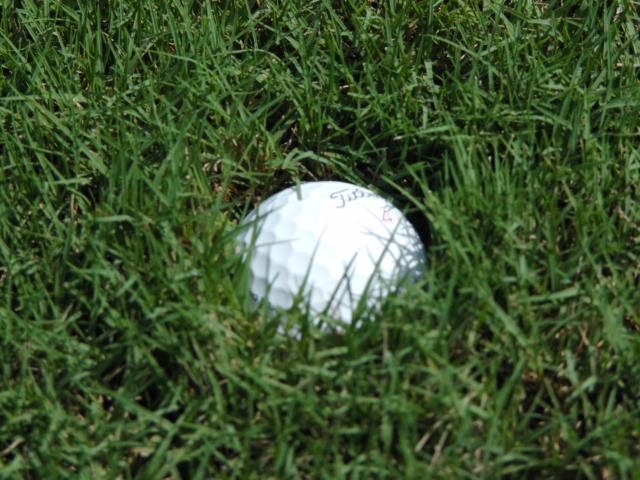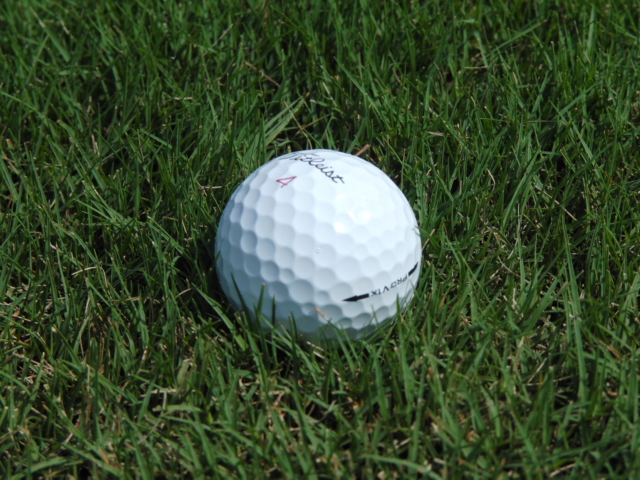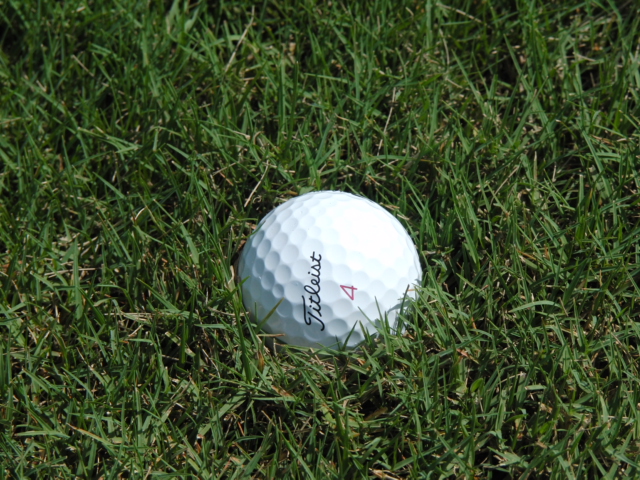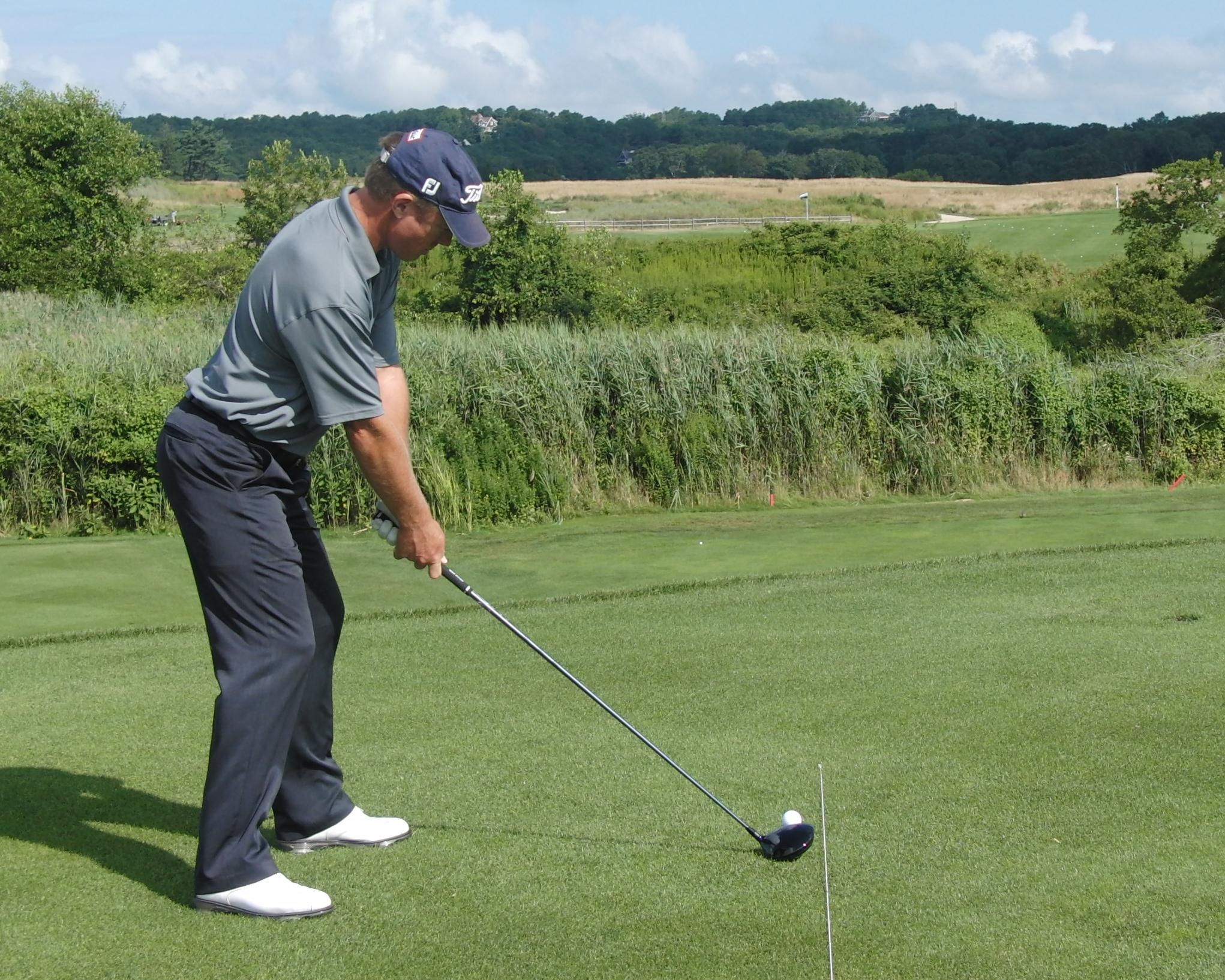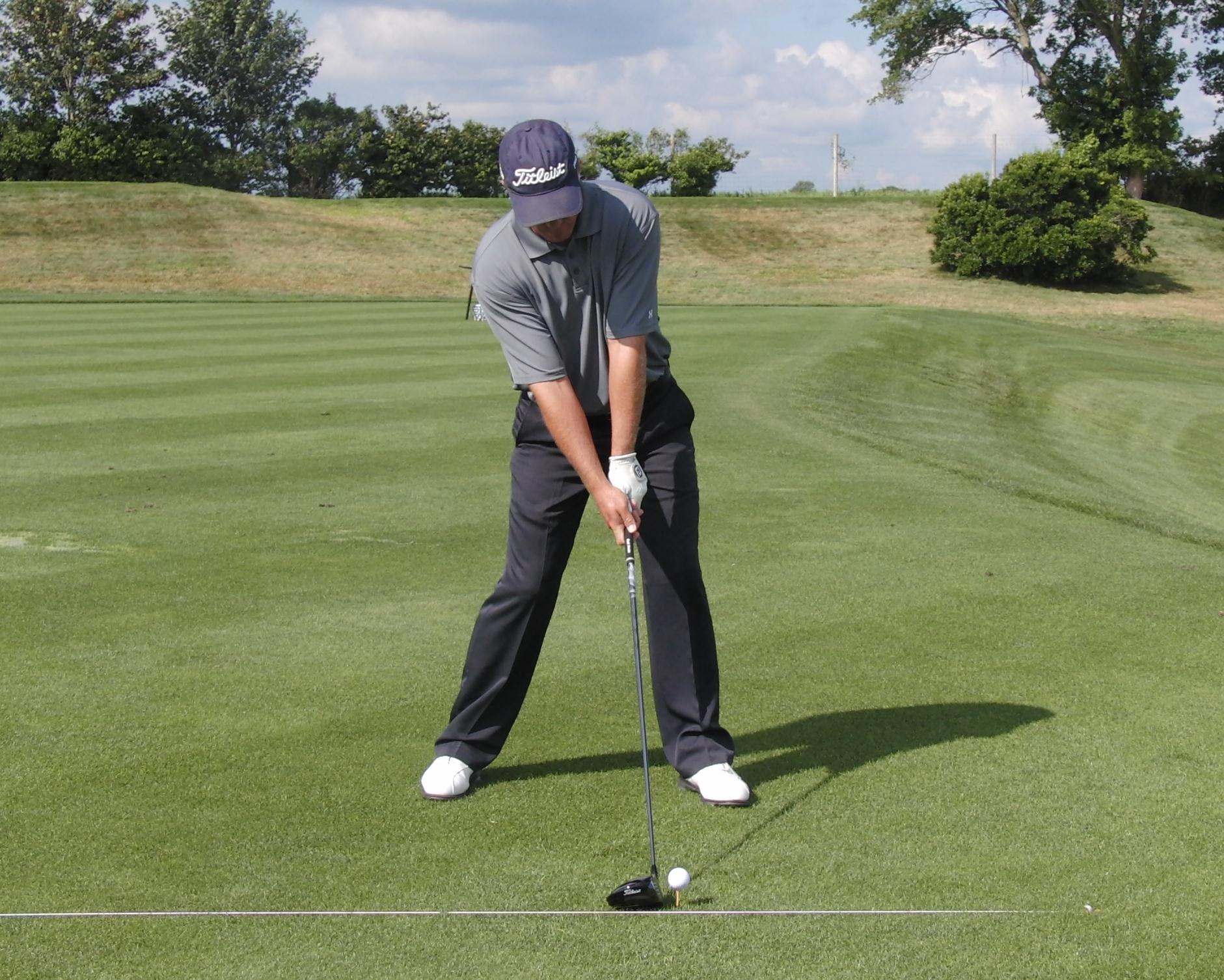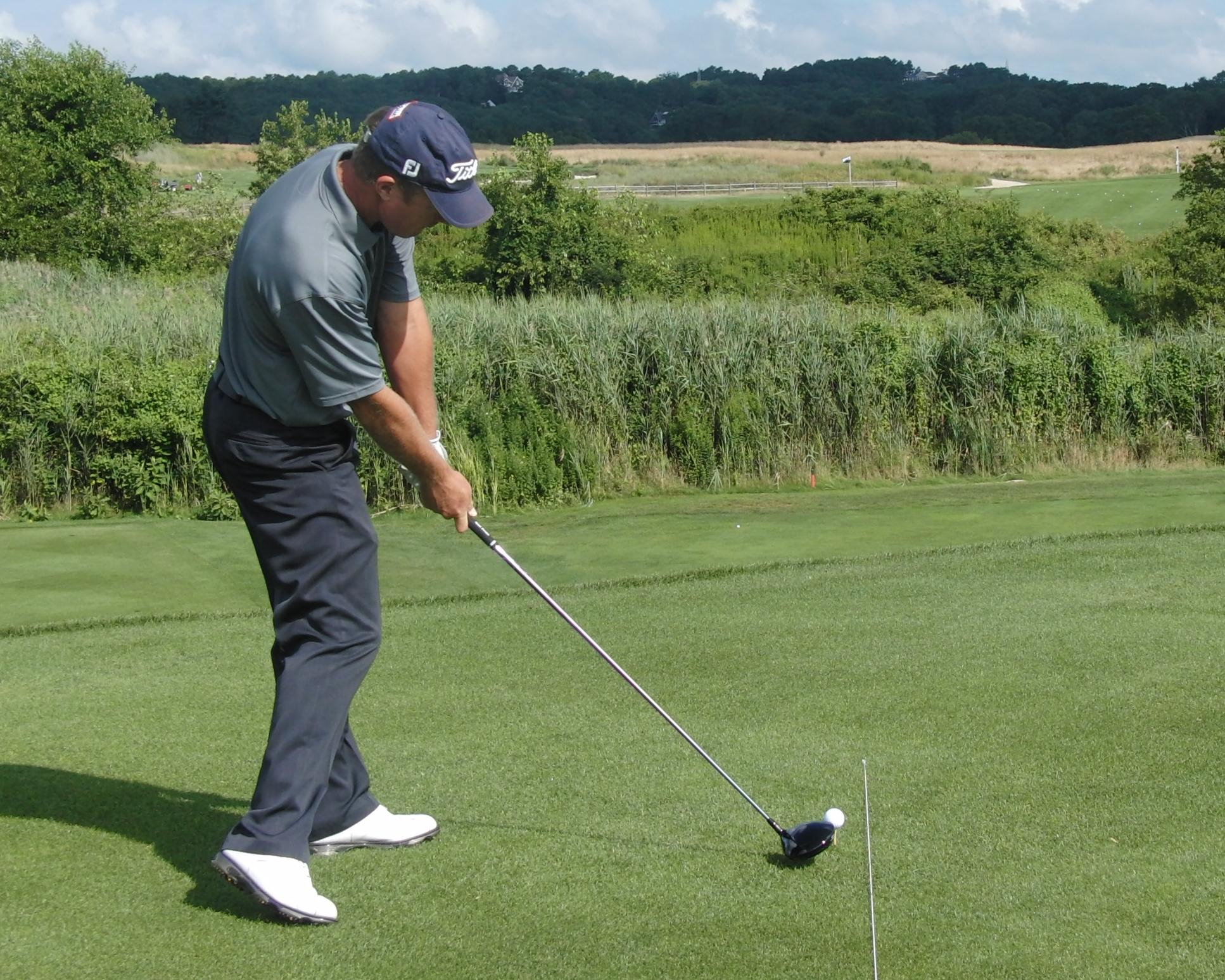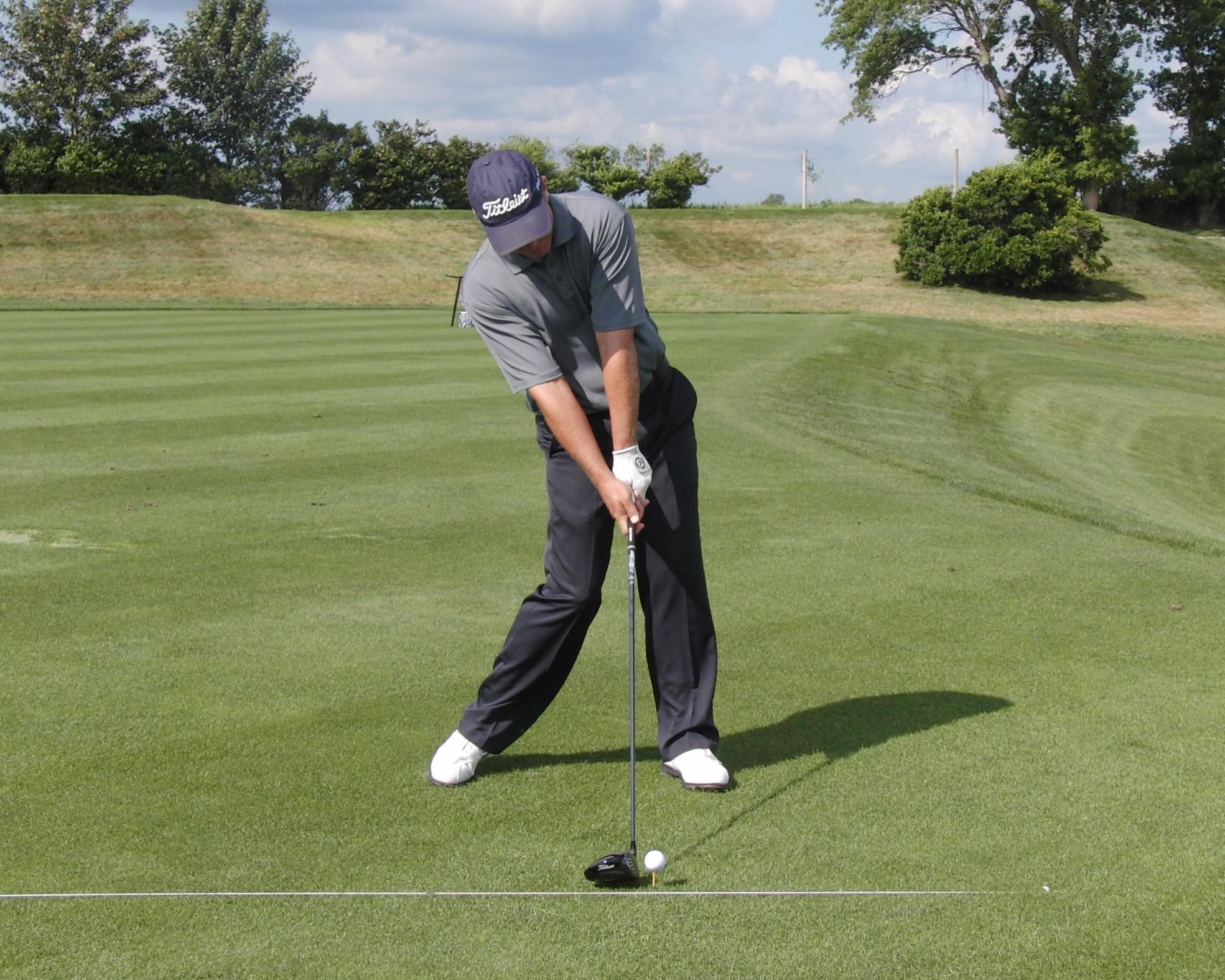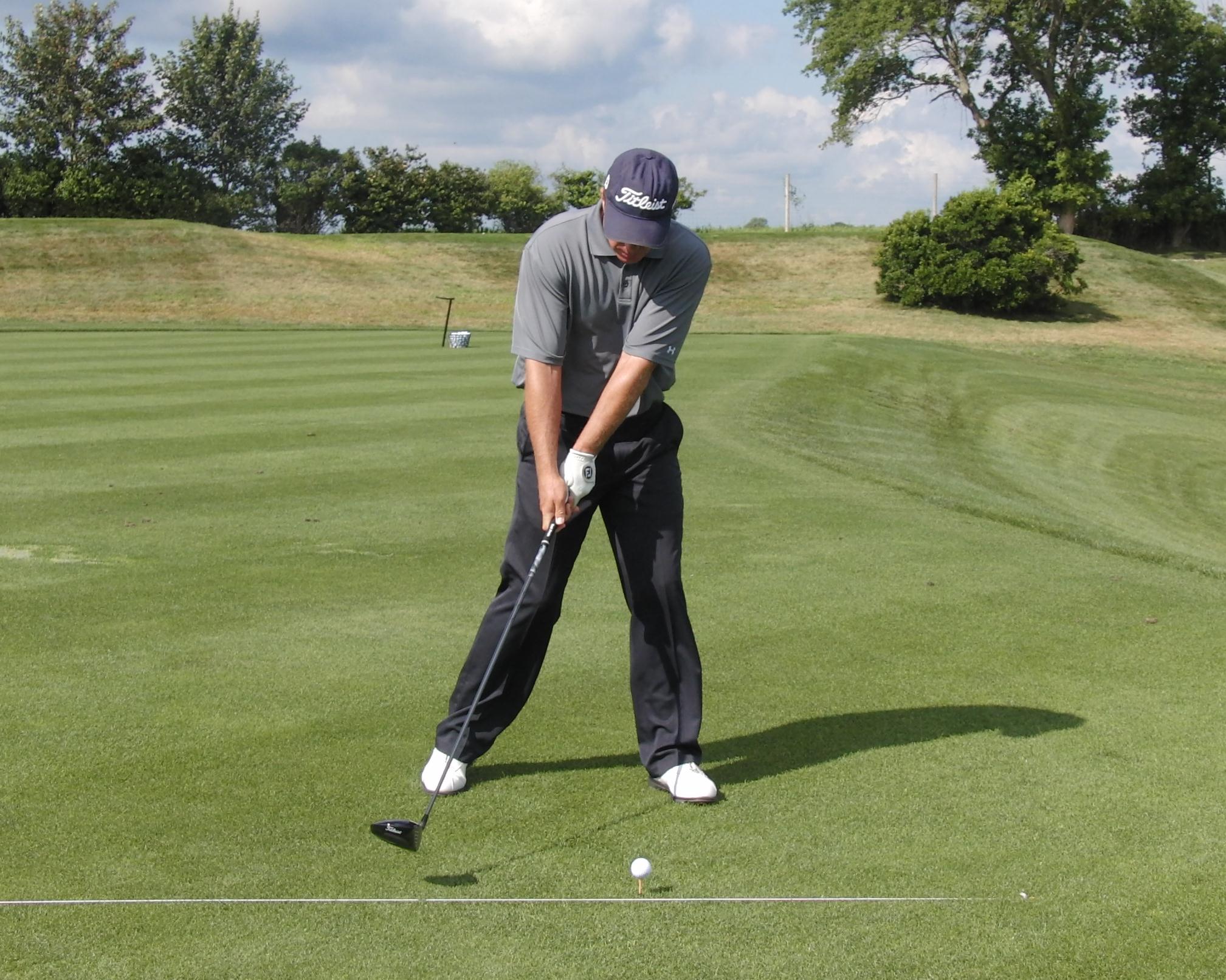Trajectory Tricks
/The loft on the clubface at impact is largely responsible for the launch of the ball. When it comes to wedge play friction also plays a significant role in determining the launch angle, but the purpose of this article is to share an idea to help you improve the loft you deliver to the ball at impact.
Most of us will either hit the ball overly high or too low. This video illustrates a simple drill to get you to feel what you need to feel in order to grasp what is required to deliver either more, or less, loft.
For the high ball hitters:
- Using a pitching wedge get set up with a narrow stance
- Position the ball off the tip of your front foot
- Feel the handle or butt of the club travel a long way forward into impact
- It’s not easy but do all you can to hit low launchers
For the low ball hitters like me:
- Stick with the PW and a narrow stance
- The ball should be in line with the tip of your back foot
- In the downswing you’ll feel the clubhead swinging a ton. The clubhead should feel like it outraces the hands
- This will feel scoopy and that’s a good thing
Notice where my hands are just post impact in the image below - the low ball hitters need the hands less forward while the high ball hitters need to sense how much more forward they need to be…
It’s never easy making changes as they always feel so uncomfortable. Let’s get away from associating discomfort with ‘wrong’ as you work towards improvement. I know this exercise seems like it’s the opposite of what it should be, but as the task becomes more challenging (which this one is) we have no choice but to adapt.
The good news is that this drill applies directly to your long game too, so don’t be afraid to incorporate a few of these drills with those full swings too.
Thanks for checking in and I hope this helps you to enjoy your golf a little more.




